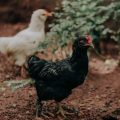By Andie Bulman
Photographs by Steve McBride
Large-scale farming has never really worked in Newfoundland.
This is the Rock – land of weathered cod fishermen, kitchen parties and hundreds of miles of cold grey Canadian Shield. The wind is harsh and the growing season is short. Newfoundland’s chief exports are fishing, storytelling and, more recently—and controversially—oil.
Even small farms have taken a hit in recent years. From 2011 to 2016, the number of farms on the island dropped from 510 to 407. More worryingly, about 90 percent of the fresh vegetables consumed here are imported, arriving by ferry. Worst-case scenario, where ships are delayed and connection to the mainland is cut-off, Newfoundlanders are left with a food supply that will only last for a few days.
This is a frightening reality that has really hit home in the days of COVID-19. Around the country, the pandemic has already resulted in decreased production, hoarding, panic buying and higher prices. There is a silver lining, though. Since the pandemic, there has been increased interest in small-scale farming.
This type of farming is not new to the province. Fishing families in the early 20th century used to raise root crops and traded their harvests locally with other families. While large-scale farming for export might not be in Newfoundland’s future, a return to homesteading, small farms, traditional methods of storing food (canning and salting), and an interest in the “sharing economy” seems to be on the rise.
Steve and Lisa McBride recently added over a thousand in-province members to their homesteading and backyard farming Facebook group in a single month, about three times its annual growth rate. “The rise in popularity by the group has been surprising,” says Steve. “When we moved out to our homestead, I initially expected to be the weird hippie living in the woods, but there’s an entire community of people—numbering in the thousands—who think the same way I do about producing food locally.”
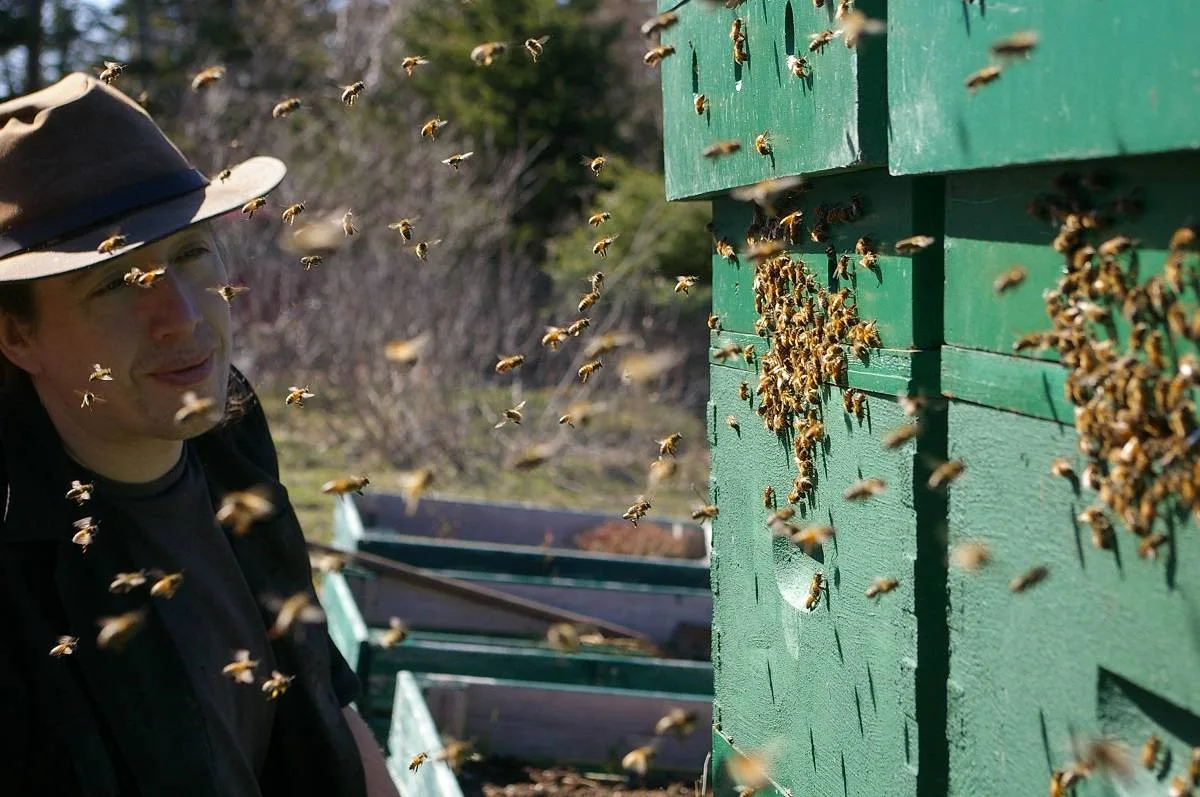
Like many homesteaders, Steve and Lisa do a little bit of everything. They tap maple trees, grow their own mushrooms, keep bees, milk goats and plant vegetables. They store their harvests in a root cellar and spend their fall pickling and canning. The goal was never to start a farming business, but to provide themselves with what they need, trading or giving the rest within their social circles. “I really hope the ‘gift economy’ that seems common among homesteaders catches on,” says Steve. “I don’t hunt or fish, but I often have a freezer full of meat gifted to me by fellow homesteaders. We gift our surplus, others give of theirs, and we have a lot of bases covered right off the bat.”
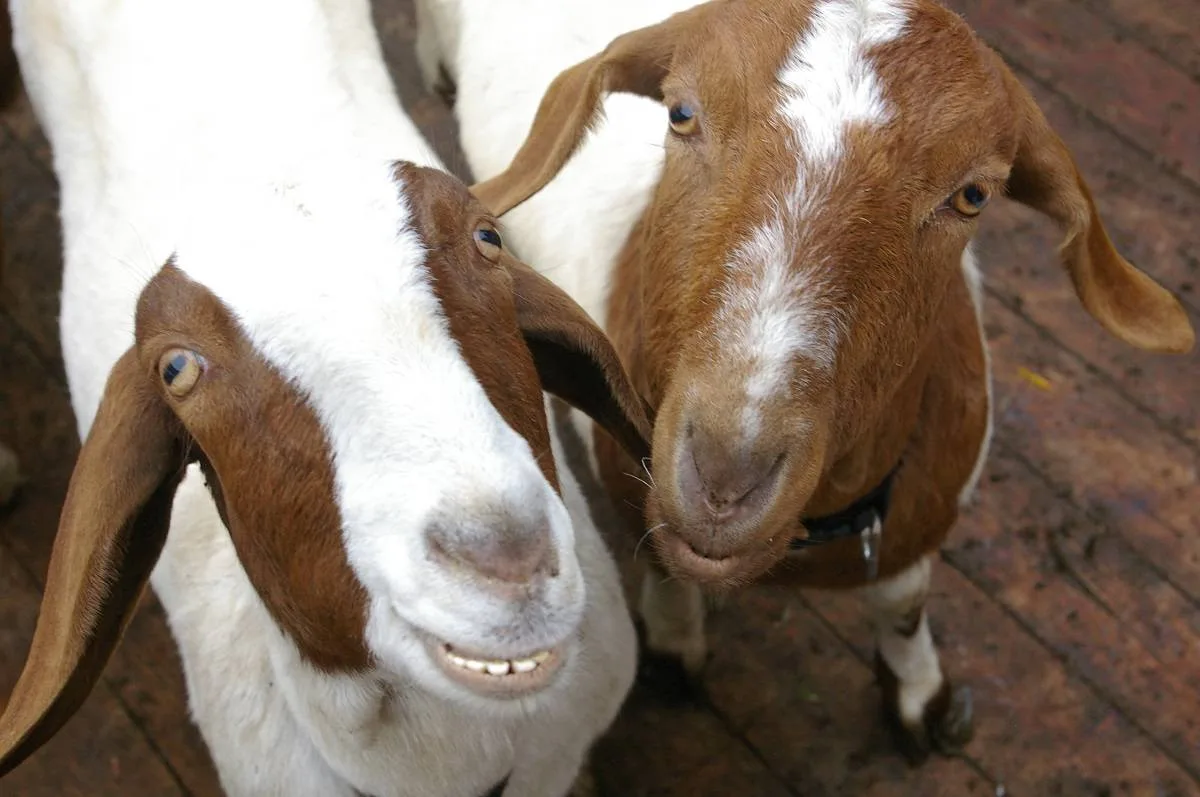
Steve is most concerned about delays in the seed network. “Currently, we are seeing a number of seed shortages,” he says. “We’re trying to encourage others to save and share seed. We’d like to set up a seed-saving network, and we’re trying to figure out those logistics.”
Another local farmer, Brian Kowalski, has been introducing new techniques to a small Newfoundland farm that has been around for 200 years. “We still use the original root cellar,” he says. “The Murrays have been farming here since 1820. The original farmstand was converted into a garden centre, and they’ve added a landscaping design-and-build company, a farm-to-table café, and I use about 4 acres of land to grow vegetables. I have nine high tunnels (or cold-frames), plus a few heated greenhouses.”
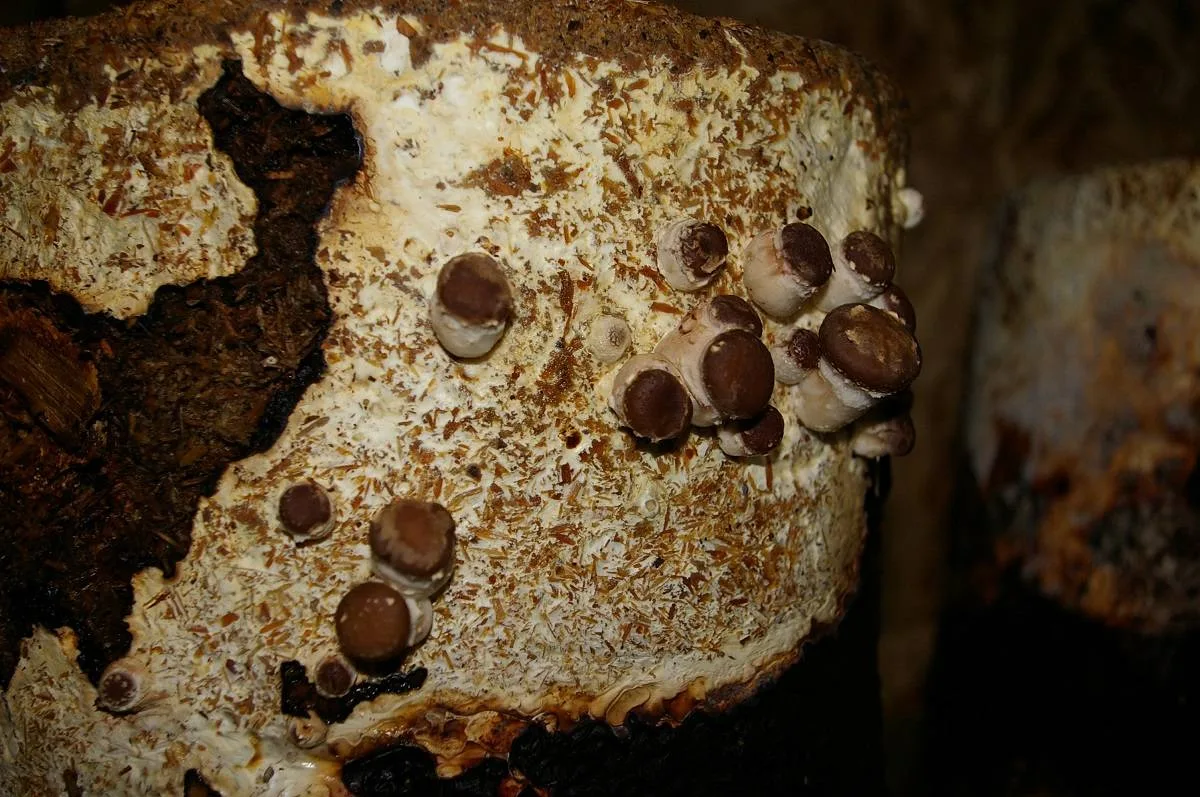
Kowalski’s farm follows a system developed by Wally Satzewich of Saskatchewan, called “small-space intensive farming” or “small-plot intensive farming” (SPIN), a style designed to grow as much food as possible in a small space. The goal of SPIN is to make a living off a tiny parcel of land using only hand tools.
Part of this methodology involves focusing on quick-growing vegetables like radishes, lettuce and baby beets, or cut-and-come-again vegetables such as arugula, which is planted once and then cut and trimmed all season long for maximum yield. Similarly, beet greens can be trimmed throughout the season, eaten, sold and then, finally, the roots can be harvested at the end. Brian’s also been growing some new crops. “Last year, we hired two new Canadians from Syria who, besides being amazing farmers and wonderful people, have introduced us to new varieties of vegetables, like favas, which are staples in Syria. That’s opened a whole new market to us,” he says.
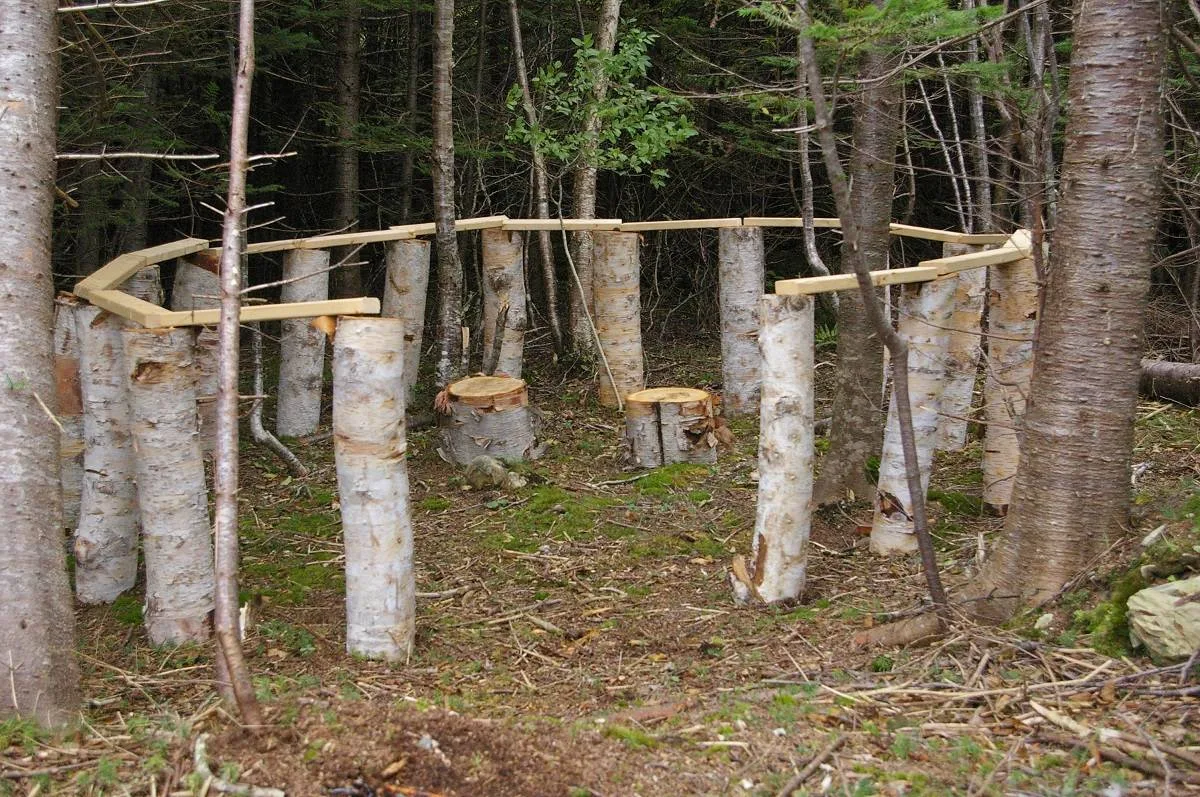
Understandably, Brian’s a bit worried about what this coming season will bring. “Usually, half of our sales are to restaurants,” he explains. “These customers have either closed their doors or are offering takeout at a reduced scale. The rest comes from our farmers’ market stand, which is currently closed.”
Brian’s struggles are new, but Newfoundland farmers have always faced challenges. “We’ll adapt!” he says. “We always adapt. We’re opening an online store. We’ve also beefed up our social media presence, so we’re hopeful that folks will find us. Our mainland farming friends have seen a huge increase in support, so despite everything, we’re going to plant a larger crop this year. We’re hoping to do our part for food security.”
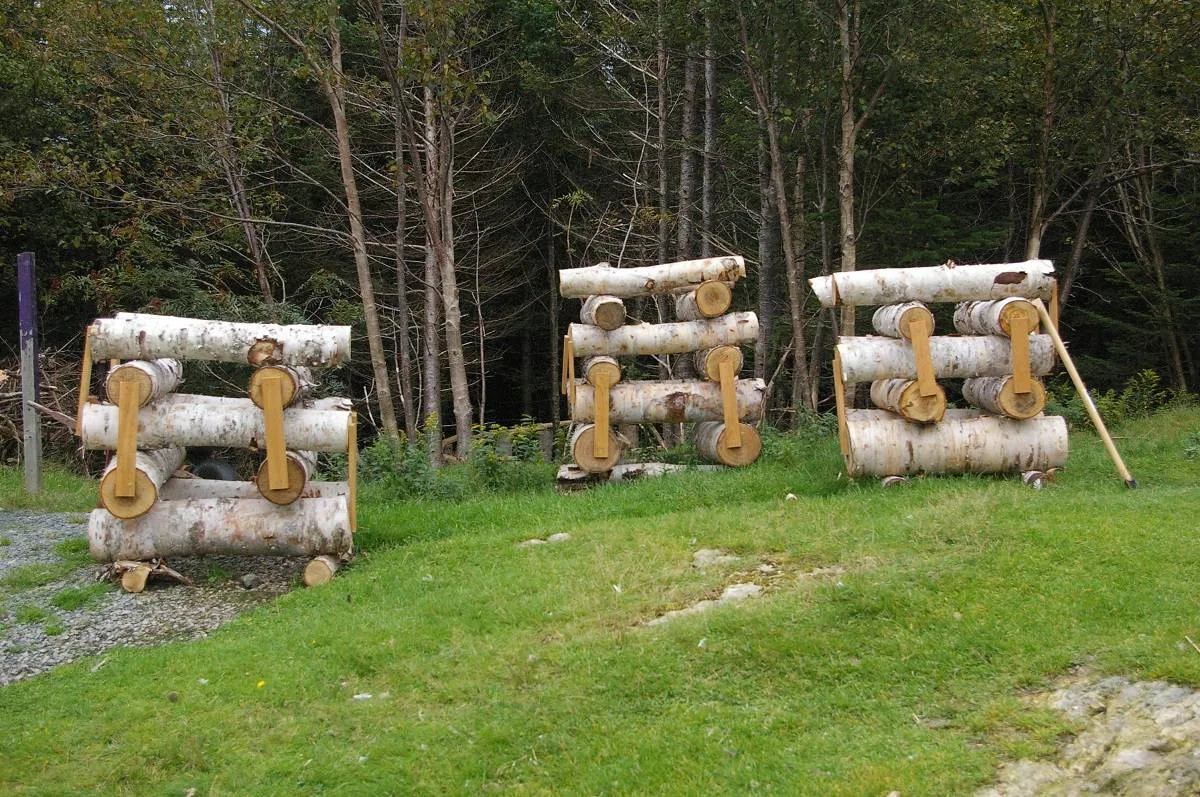
Sharing, adapting and problem-solving are hallmarks of Newfoundland culture. Against all the odds, those who choose to live here have always managed to adjust and thrive. Small-scale farming is a long-standing, stubborn example of Newfoundlanders making life work on this cold rock in the North Atlantic.
Jules Torti’s work has been published in The Vancouver Sun, The Globe & Mail, travelife, Canadian Running and Coast Mountain Culture. With experiences as a canoe outtripper, outdoor educator, colouring book illustrator and freelancer, she is thrilled to be able to curate, write and read about the very best things in life.





